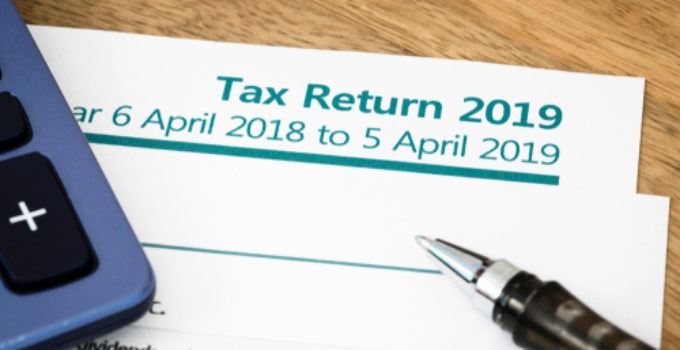What is a tax gap?
A tax gap is the total amount of taxes owed to the government versus the amount they receive. Currently, there is an estimated £35 billion of tax due was not paid in 2017/18, according to the most recent tax gap report from HMRC.
The report, which measures the difference between the amount of tax that should be paid, and what is actually paid, said this made up 5.6% of total tax liabilities. Although 2016/17 had a higher percentage tax gap of 5.7%, the amount due was actually lower at £33 billion, which was the same as the prior year.
How is it calculated?
It is an Official Statistic produced by analysts in HMRC using a range of internal and external data point. The tax gap isn’t straightforward to measure as there are many sources of uncertainty and error. However, it gives an indication of HMRC’s long term performance.
Underpayment from small businesses made up the largest part of the gap, at £14bn. Around £7.7bn was attributed to large businesses and £4.3bn to mid-sized businesses.
The report also revealed that ‘failure to take reasonable care’ was the biggest factor contributing to unpaid tax, accounting for £6.4bn, while a further £3.4bn was lost to errors.
Glyn Fullelove, president of the Chartered Institute of Taxation, said:
The numbers in this report illustrate the complexity of the tax system.
Nearly £10 billion of the tax gap relates to taxpayers inadvertently not getting things right, through what HMRC categorise as error or a failure to take reasonable care.
HMRC must now focus on customer service as a direct way to help large numbers of ordinary taxpayers who find themselves confronted by ever more complex tax law and increasing compliance obligations.
Contact us to see how we can assist with filing your tax return.

